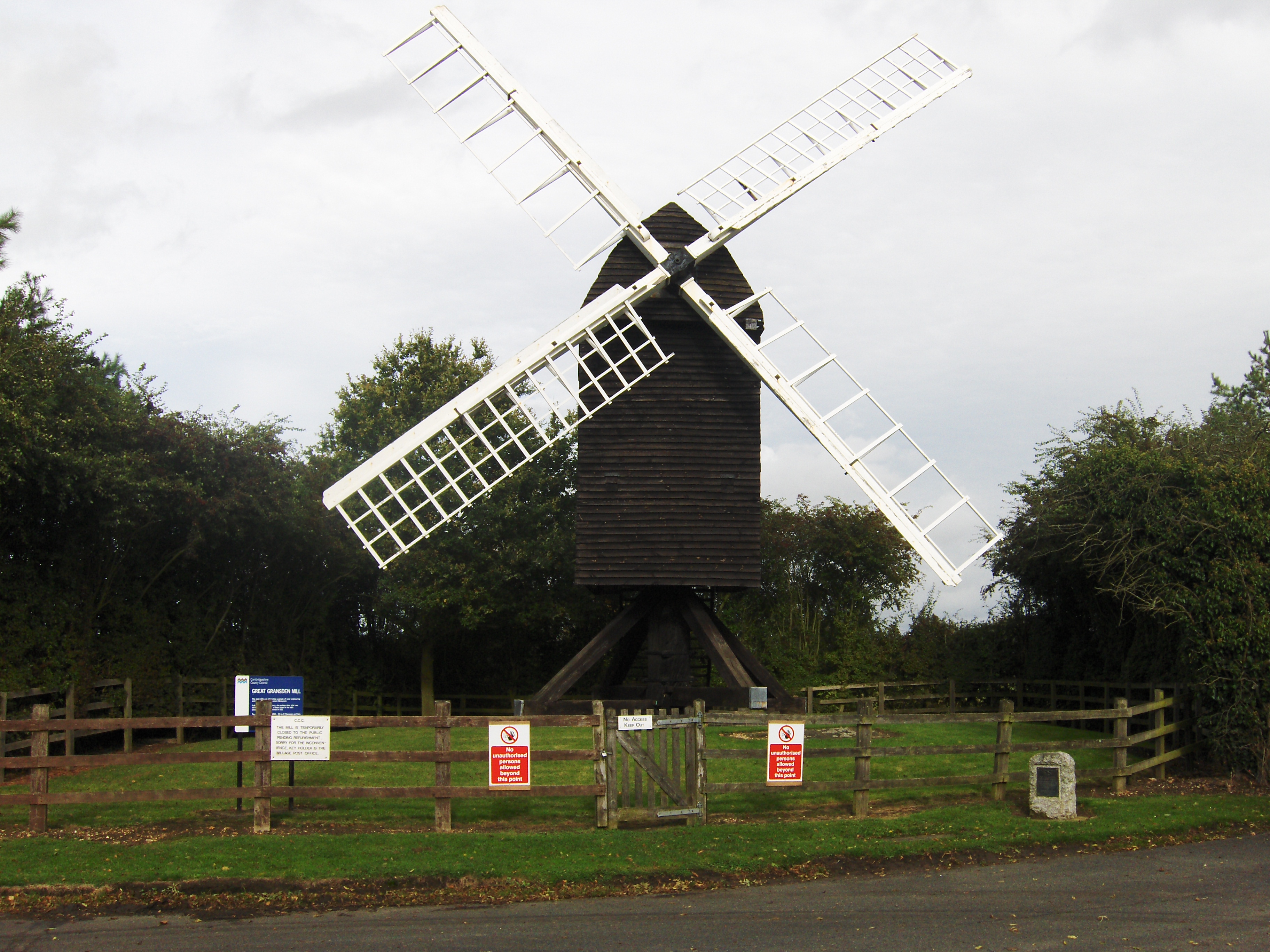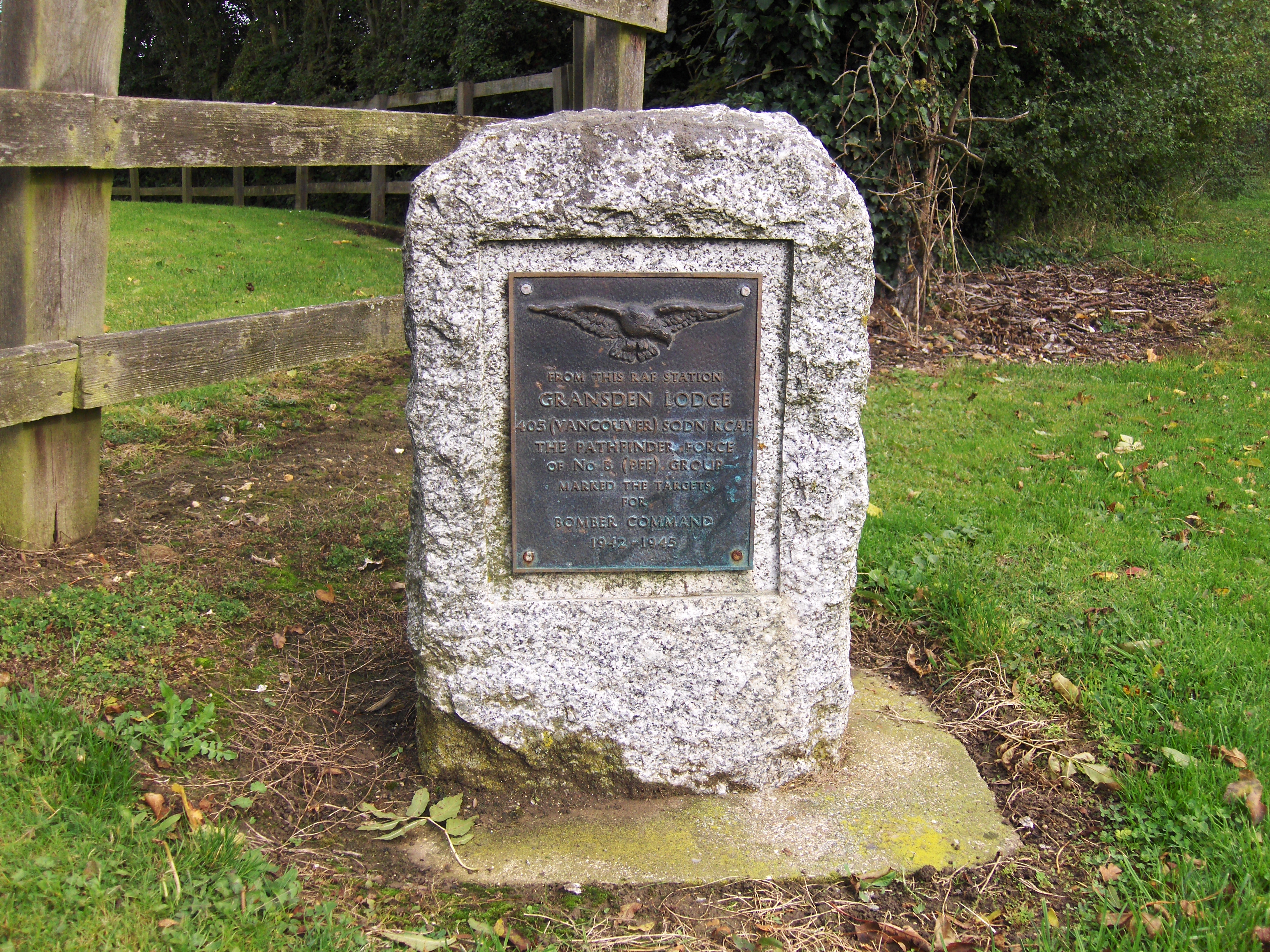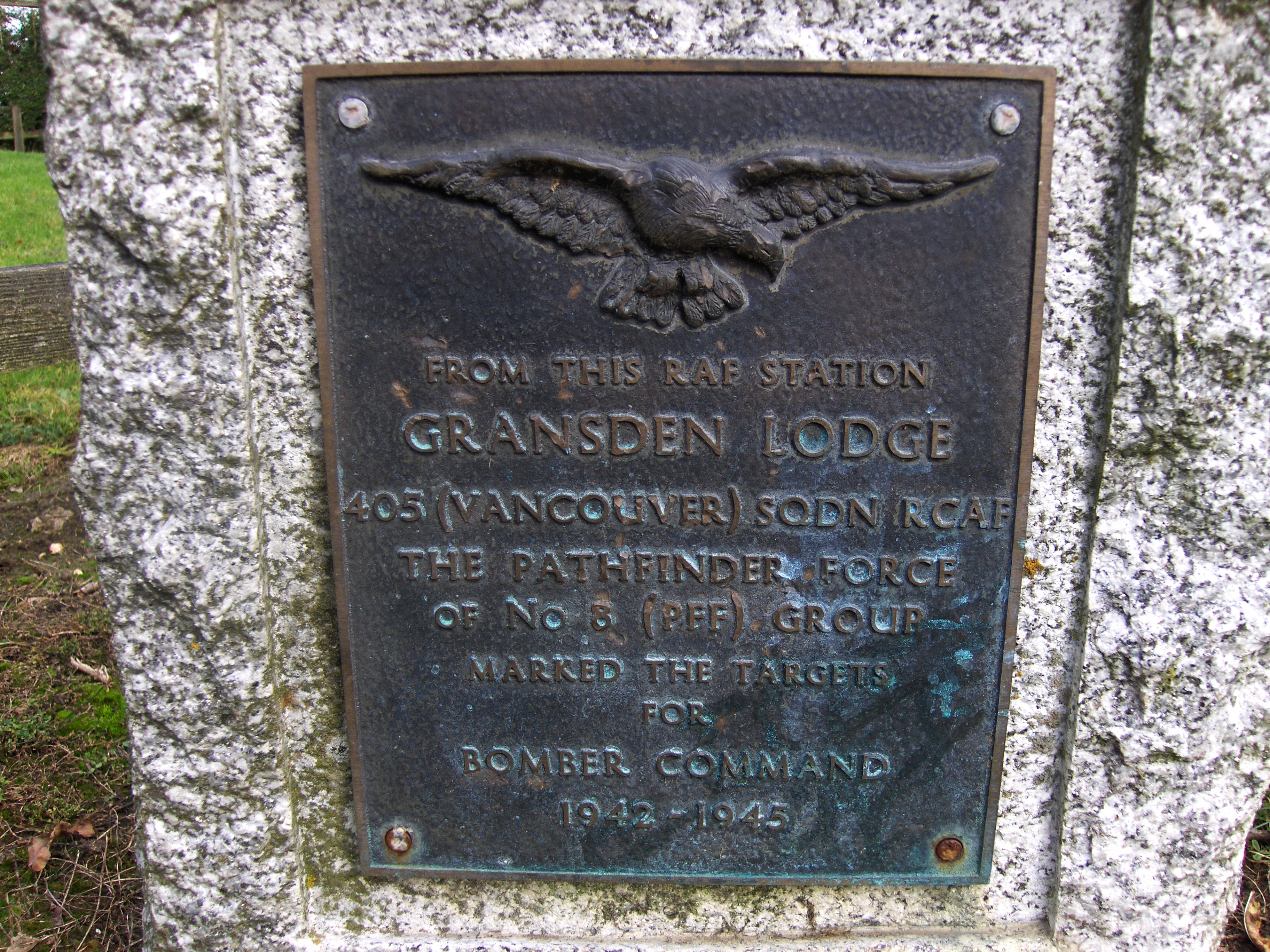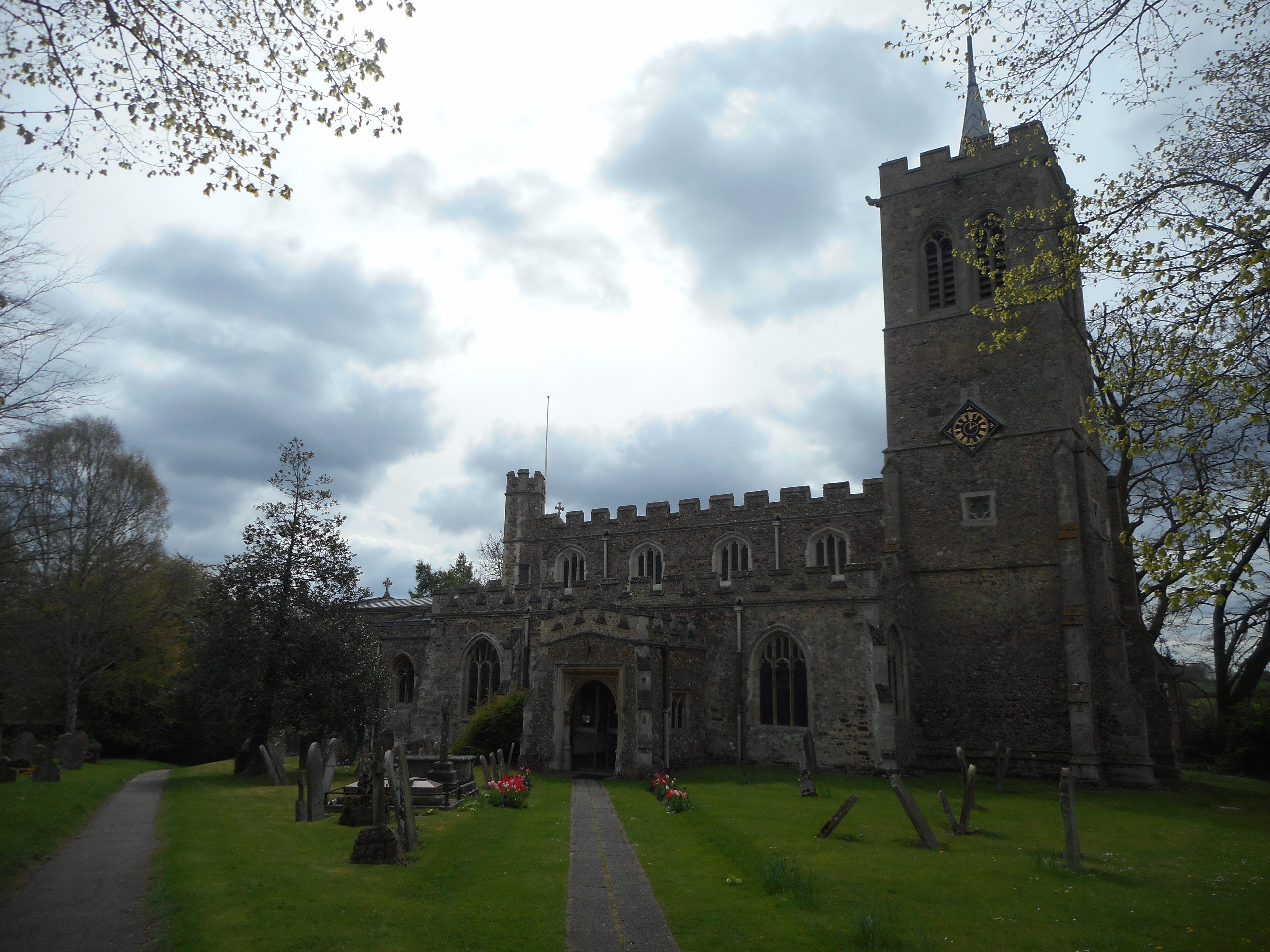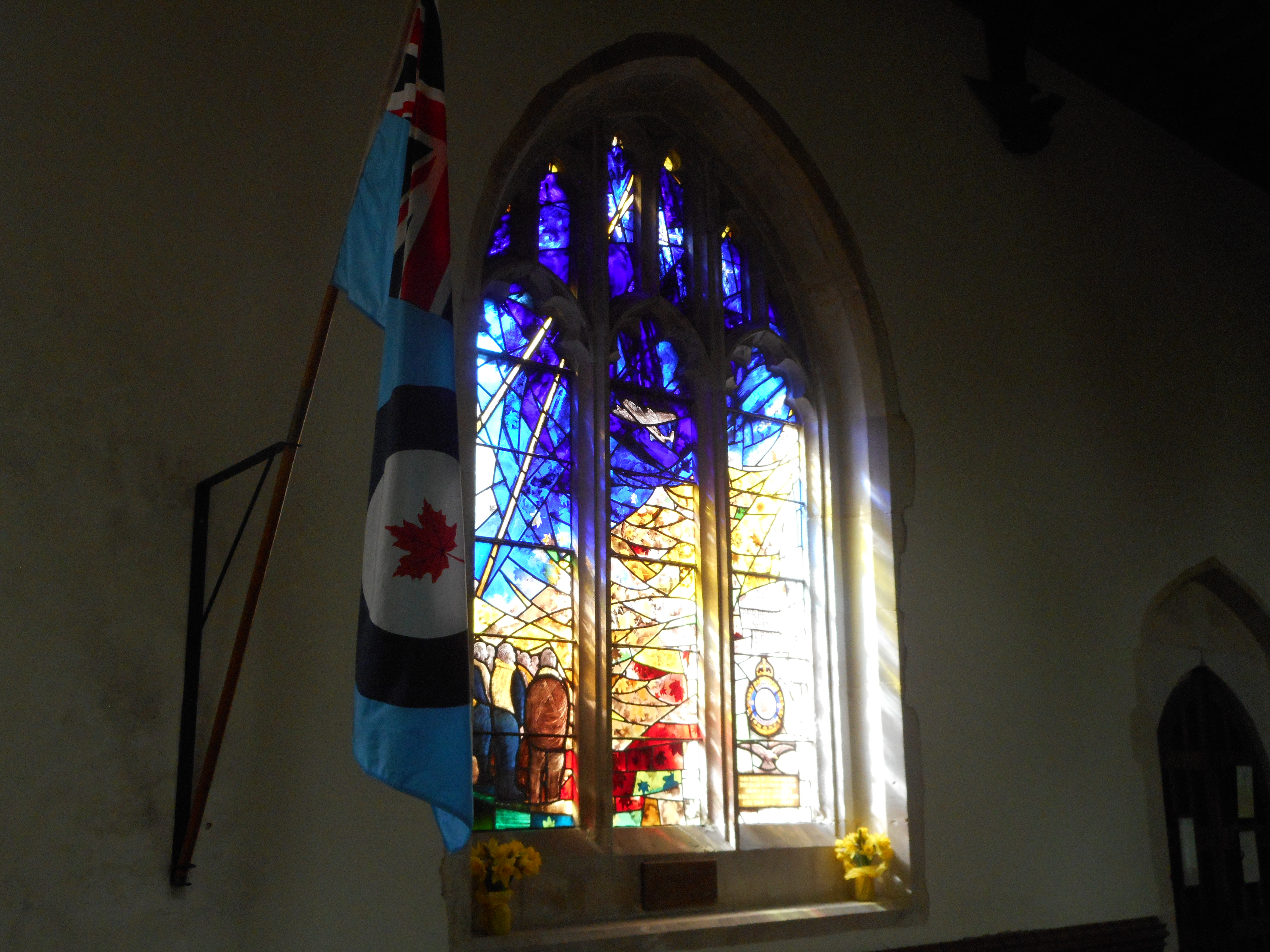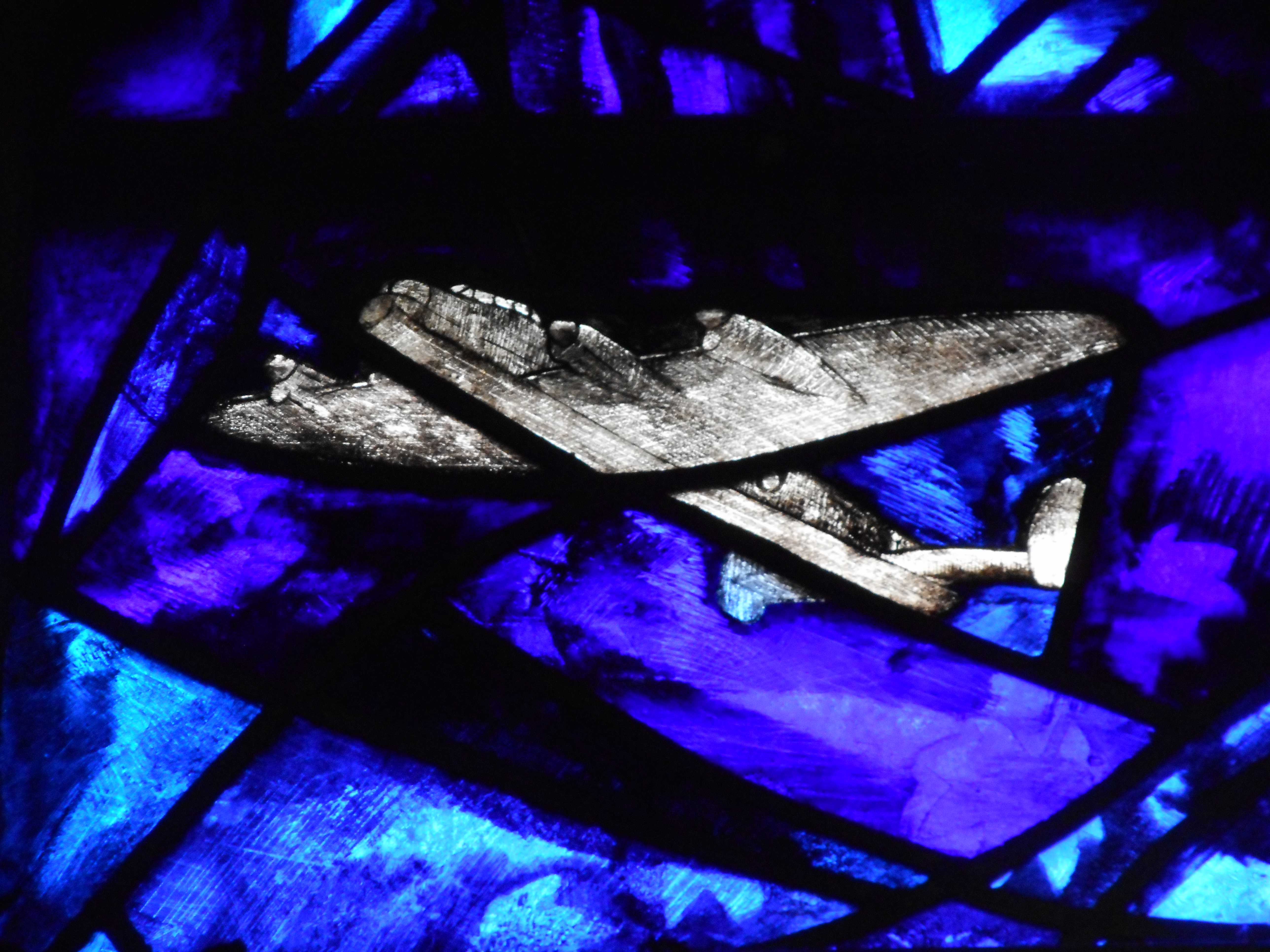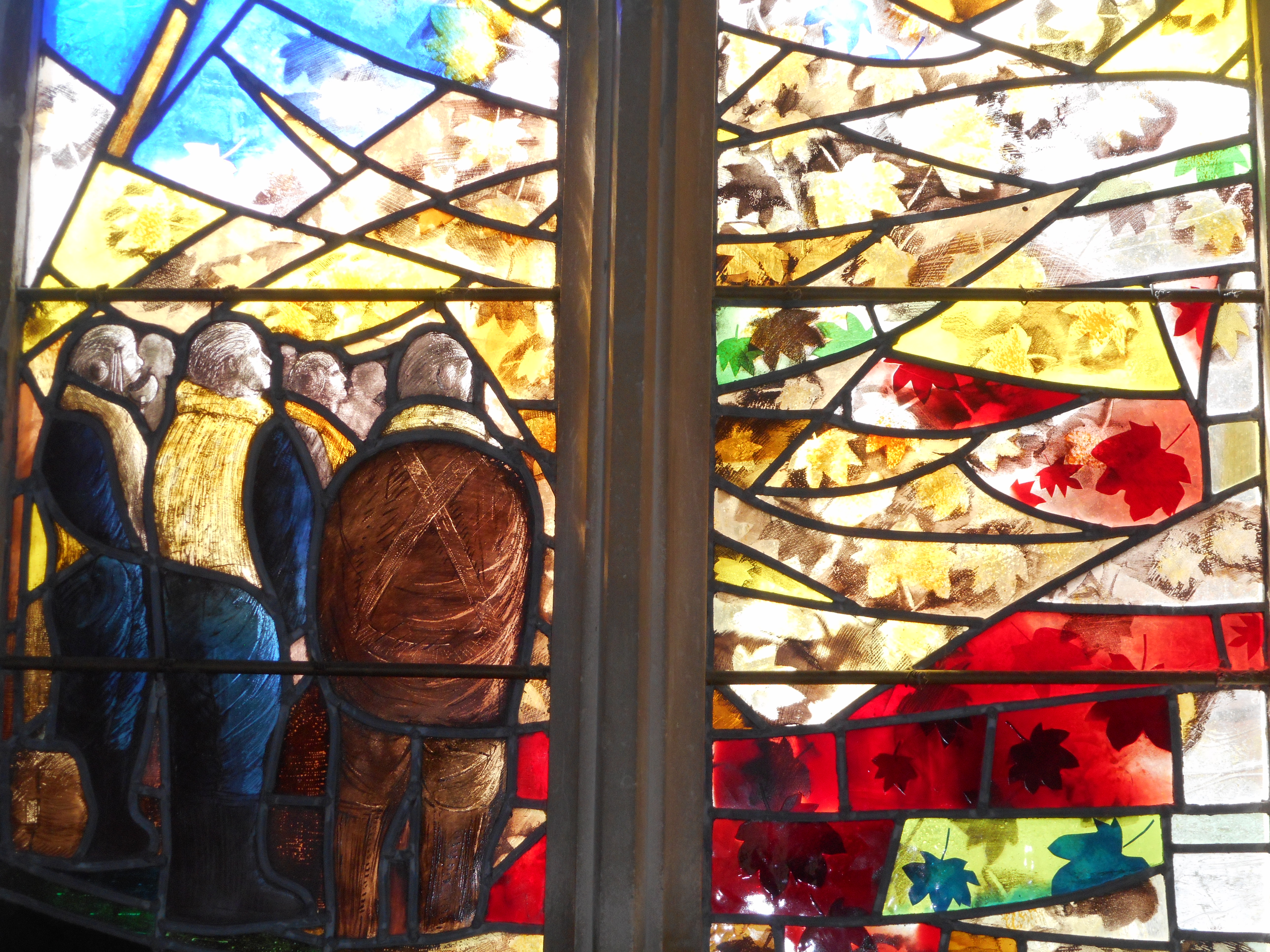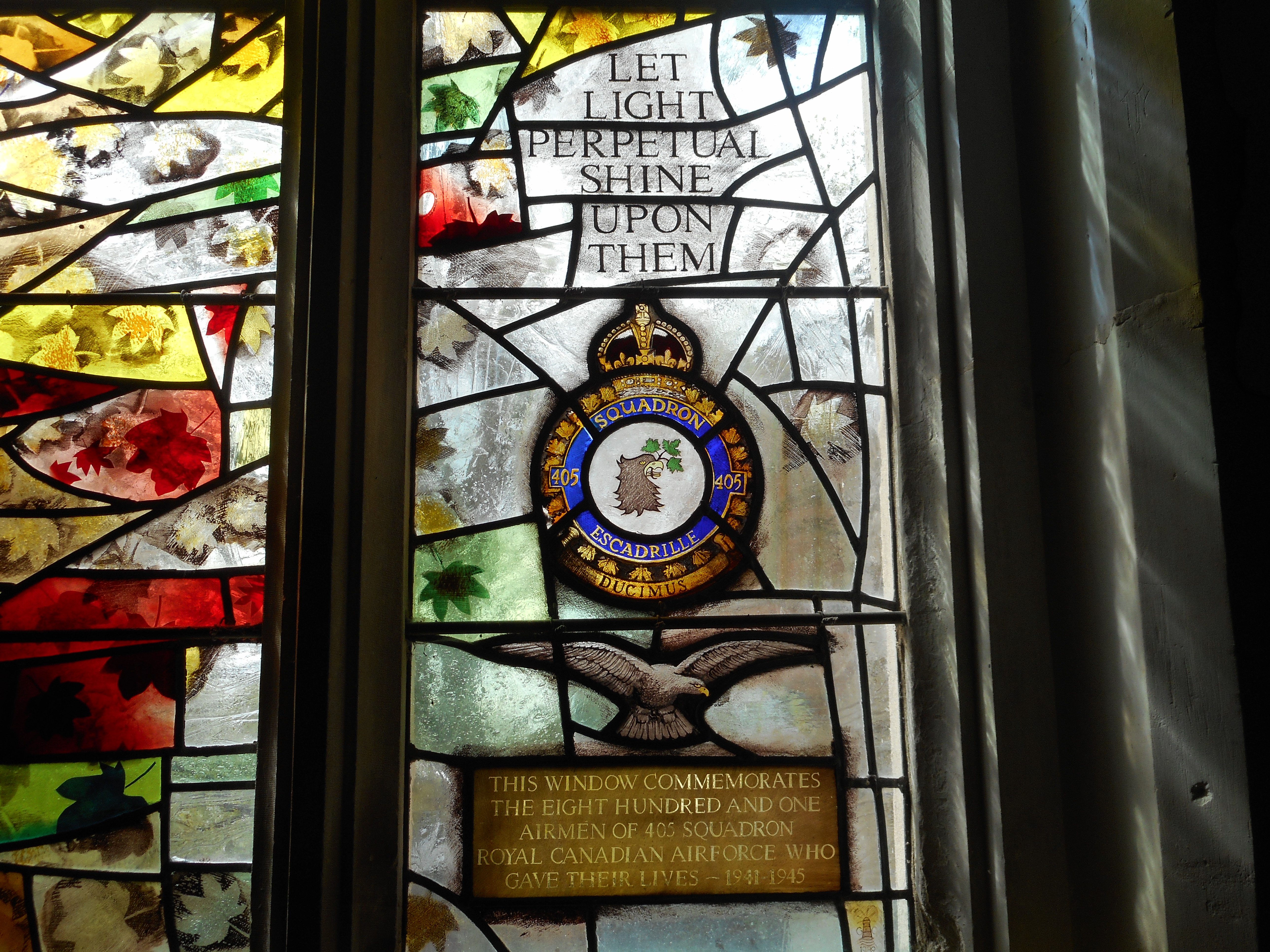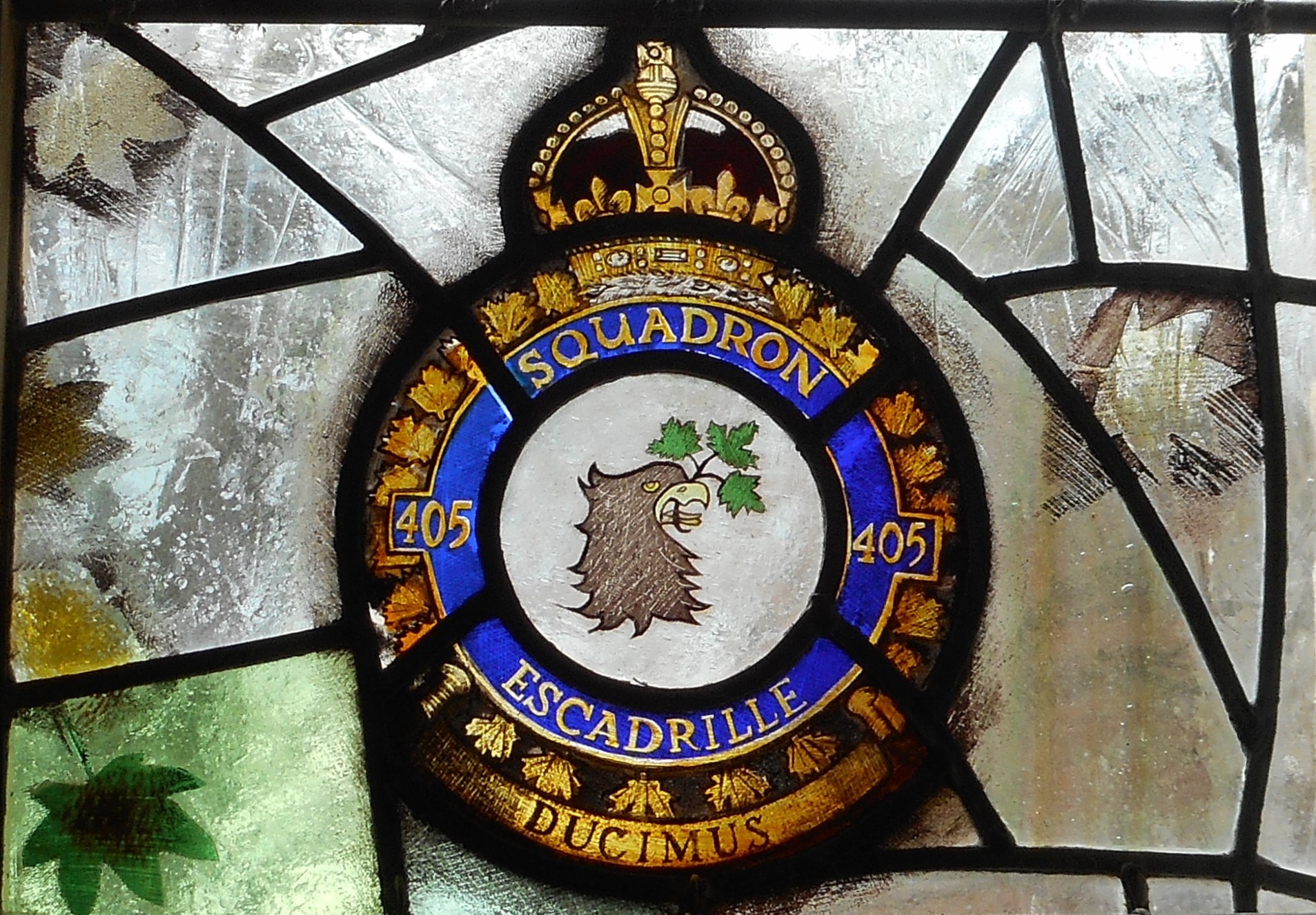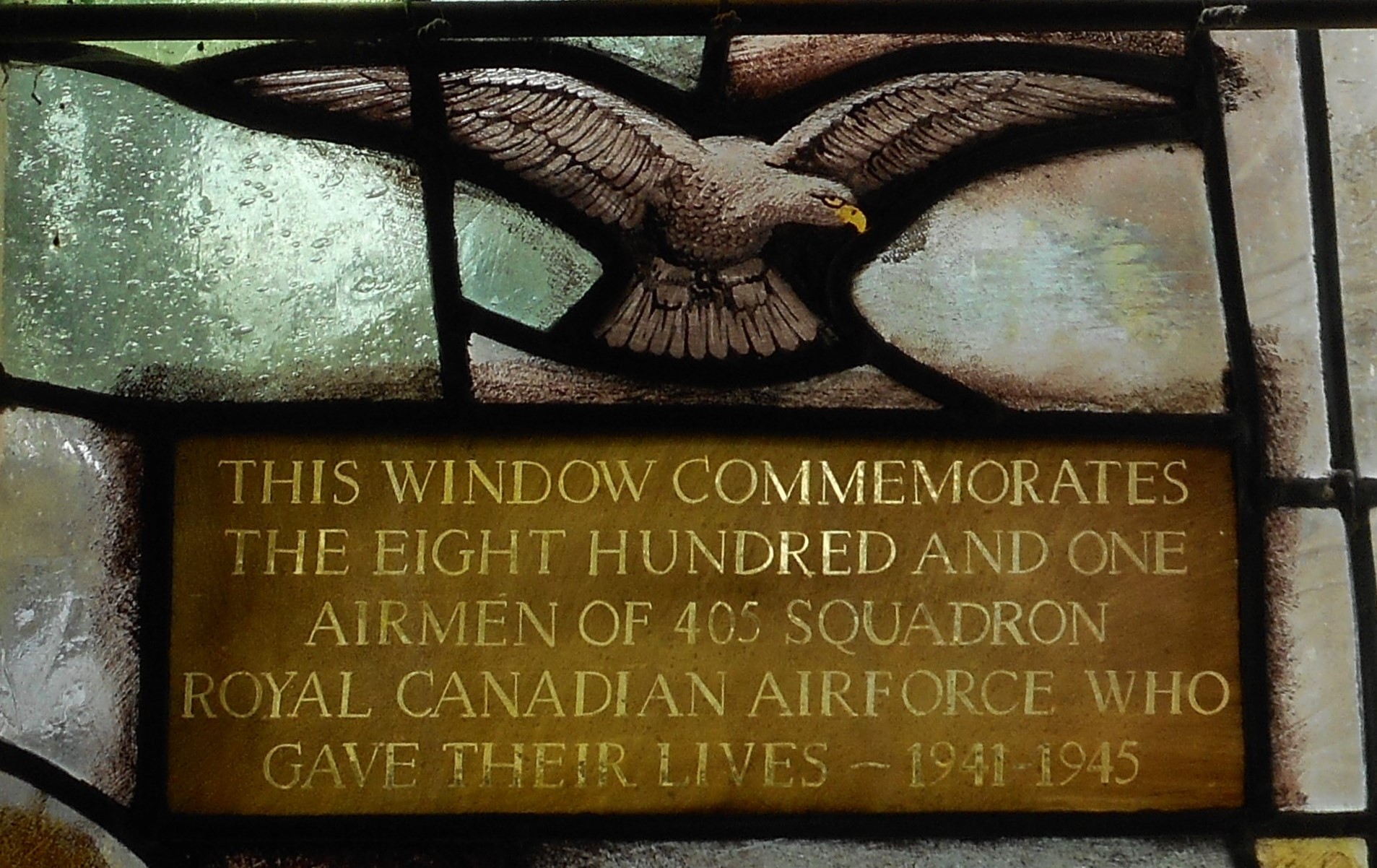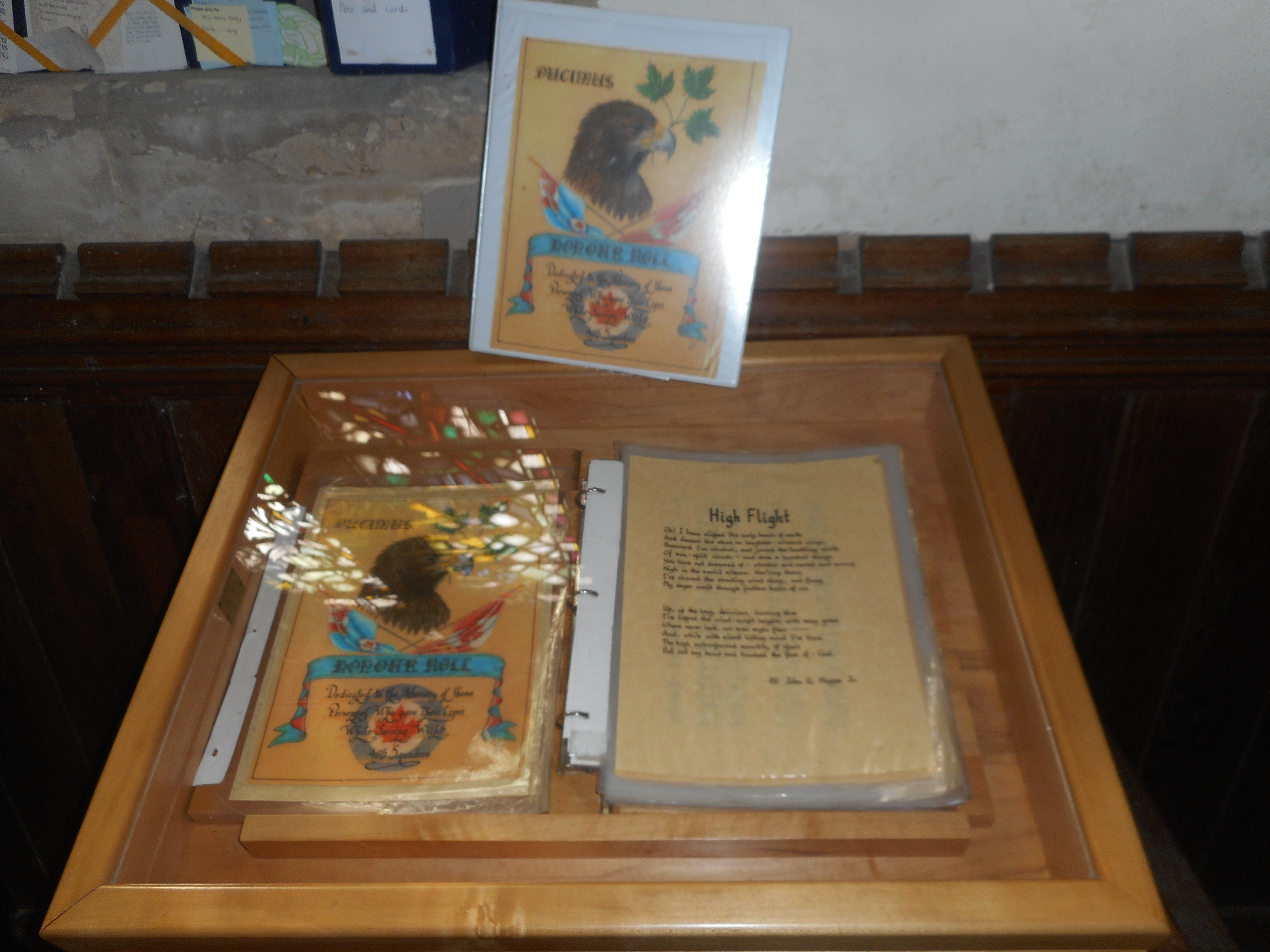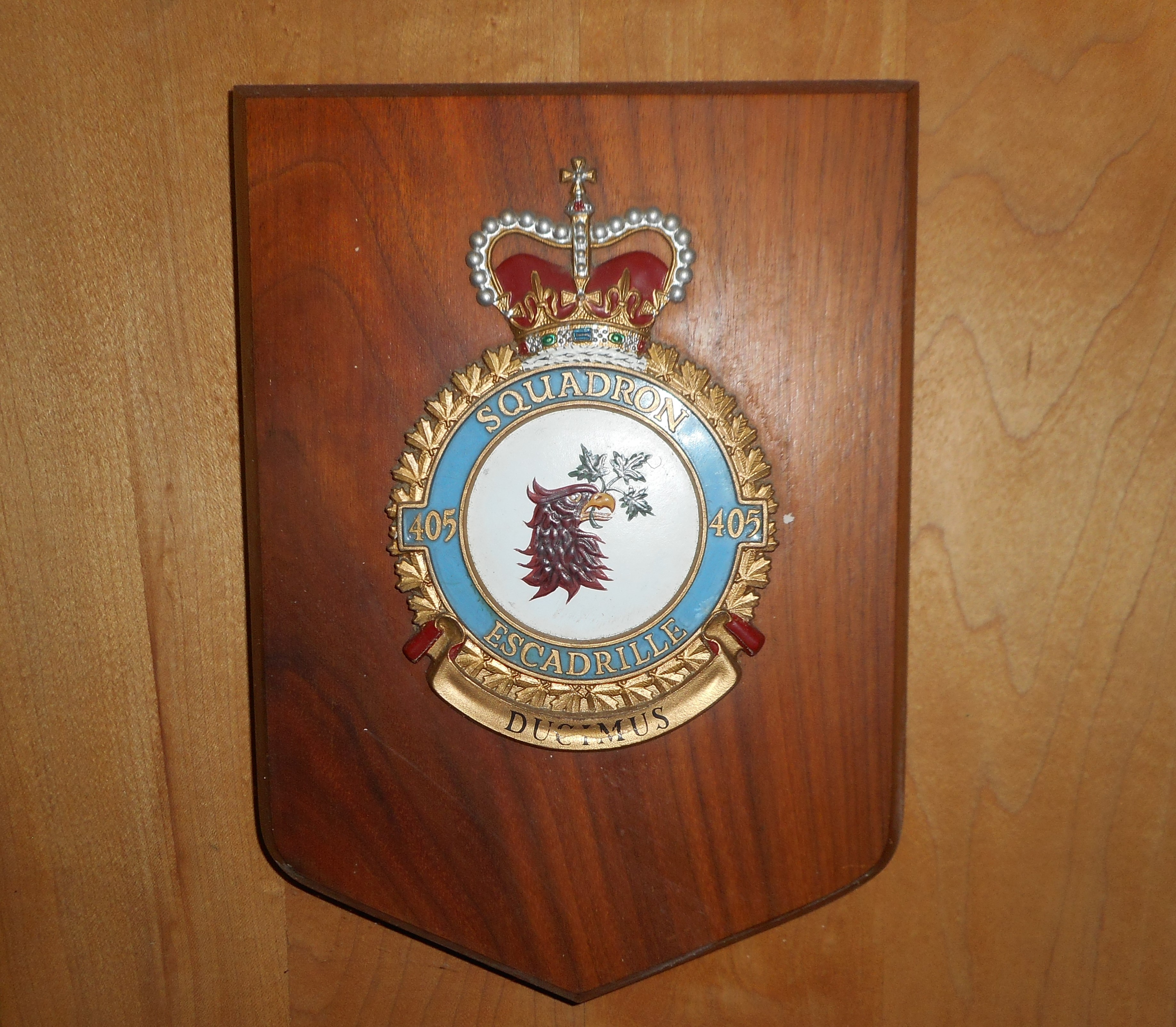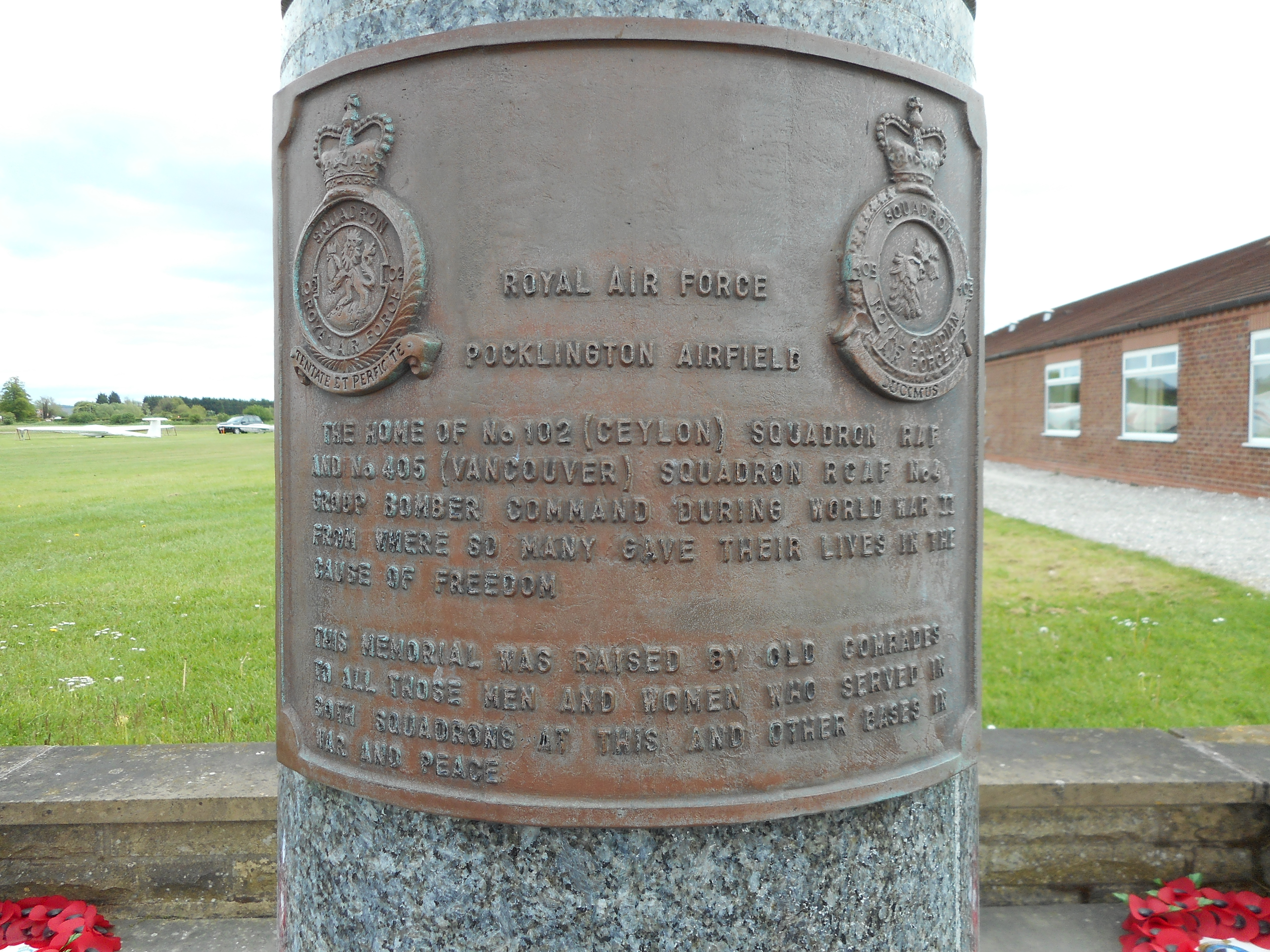Rankin, John
Personal Information
| Rank | P/O |
| Forename(s) | John |
| Surname | Rankin |
| Gender | M |
| Age | 20 |
| Decorations | |
| Date of Death | 04-07-1943 |
| Next of Kin | Son of John Rankin and Annie Rankin (née Balmes), of Nokomis, Illinois, USA. |
Aircraft Information
| Aircraft | Handley Page Halifax II |
| Serial Number | HR813 |
| Markings | LQ-H |
Memorial Information
| Burial/Memorial Country | Belgium |
| Burial/Memorial Place | Heverlee War Cemetery |
| Grave Reference | 2. F. 10. |
| Epitaph |
IBCC Memorial Information
| Phase | 2 |
| Panel Number | 230 |
Enlistment Information
| Service Number | J/17005 |
| Service | Royal Canadian Air Force |
| Group | 8 |
| Squadron | 405 (Vancouver) |
| Trade | Air Gunner |
| Country of Origin | United States of America |
Other Memorials
| Location | Adjacent to Village Windmill, Mill Rd, Great Gransden, Cambridgeshire |
| Country | United Kingdom |
| Memorial Type | Memorial Stone with inscribed Metal Plaque |
| Memorial Text | Remembering 405 (Vancouver) Sqn. PFF at Gransden Lodge 1942 - 1945 |
| Location | St. Bartholomew's Church, Great Gransden, Cambridgeshire |
| Country | United Kingdom |
| Memorial Type | Stained Glass Window, RoH and inscribed metal plaque |
| Memorial Text | Commemorating the 801 airmen of 405 Sqn. RCAF who gave their lives 1941 - 1945 |
| Location | Pocklington Gliding Club, Pocklington Airfield, East Yorkshire |
| Country | United Kingdom |
| Memorial Type | Marble Pillar and inscribed metal plaque |
| Memorial Text | In memory of 102 (Ceylon) and 405 (Vancouver) Sqns. Pocklington Airfield |
Miscellaneous Information
| John was born on 20 May 1923 in Nokomis, Illinois, USA. Both parents were born in Scotland and his father worked as a Miner. He went to Night School in Moosic, Pennsylvania 1930-1941 and graduated with High School Entrance and Junior Matric. John’s sport interests were baseball, basketball and track events and his hobby was model aeroplanes, music and playing the saxophone. He had no occupation as had only just graduated from night school when he enlisted. |
| John enlisted on 26 June 1941 (while the USA was still neutral and in so doing risked his citizenship). He embarked from Canada on 13 December 1941 and arrived at 3 PRC on 26 December 1941. He then went to No.1 AAS 7 March 1942, 7 AGS 29 April 1942, 22 OTU 26 May 1942 and 425 Squadron on 14 August 1942. This young American lost his life shortly after reaching his 20th birthday. |
Commonwealth War Graves Commission
The National Archives
Last Operation Information
| Start Date | 03-07-1943 |
| End Date | 04-07-1943 |
| Takeoff Station | Gransden Lodge |
| Day/Night Raid | Night (2% moon) |
| Operation | Cologne- region on the east bank of the Rhine where most of the industry was located. 653 aircraft, 30 losses (4.6%). Accurate ground marking by Oboe equipped Mosquitoes leading to another very significant blow to this Ruhr city. 20 industrial and 2200 homes completely destroyed and 588 people killed. A further 72000 people were bombed out. This was the first time the 'Wild Boar' technique had been used, in which the flak height was limited to allow night-fighters to fly over the main force and pick out aircraft in silhouette against the fires below. |
| Reason for Loss | Crashed near Wavre, Belgium |
